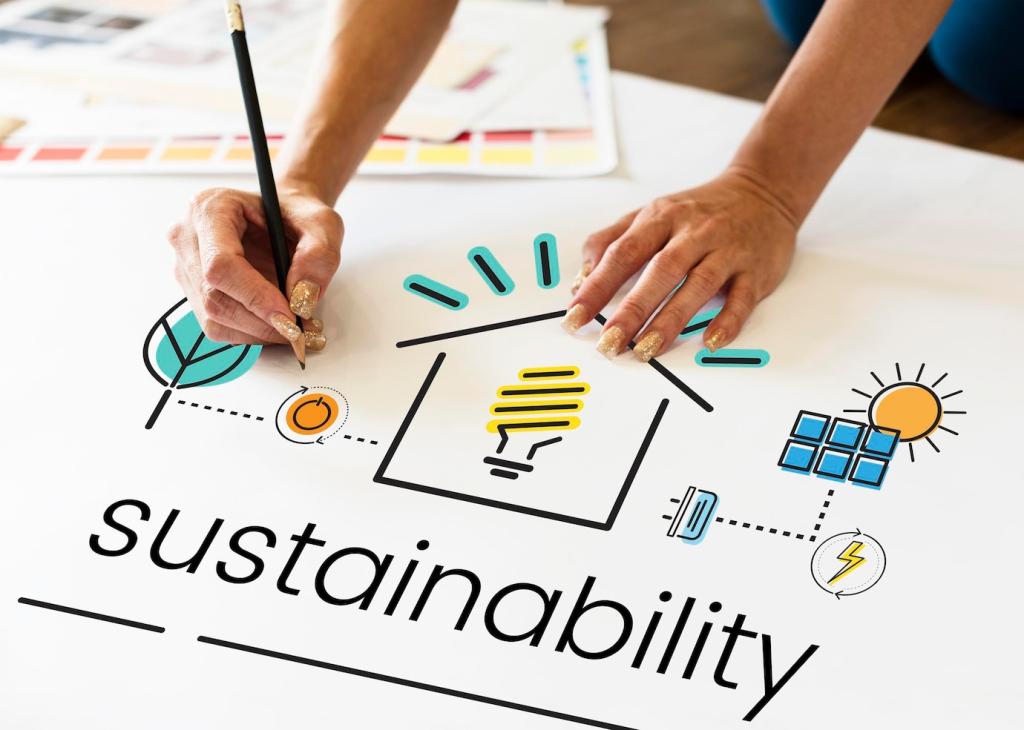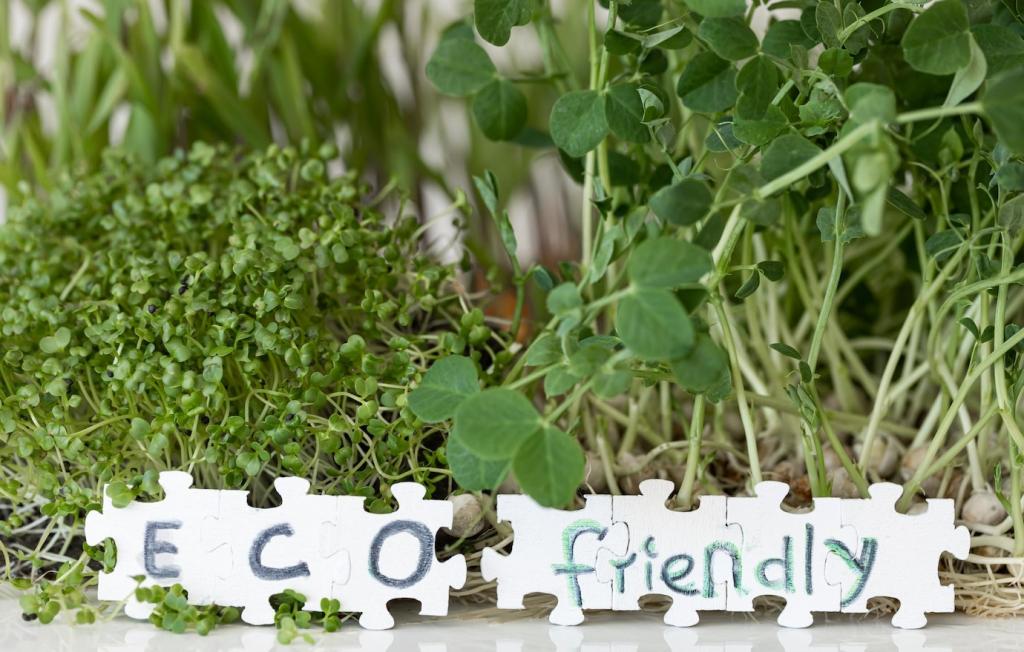
Modern Home Insulation for Eco-Conscious Living
Chosen theme: Modern Home Insulation for Eco-Conscious Living. Cozy, efficient, and planet-friendly—discover how smart insulation choices transform comfort, cut energy waste, and reduce your home’s carbon footprint. Join us, ask questions, and subscribe for hands-on guidance and inspiring real-world stories.


Why Insulation Is the Heart of Sustainable Comfort
Your home’s thermal envelope is the continuous boundary that keeps heat where you want it. With modern insulation, air sealing, and smart detailing at edges, corners, and penetrations, you dramatically reduce drafts, lower energy use, and improve year-round comfort.
Why Insulation Is the Heart of Sustainable Comfort
Great eco-conscious insulation balances airtightness with controlled ventilation. This means fewer leaks, cleaner indoor air via mechanical ventilation, and less strain on heating and cooling systems. The result is quiet, consistent comfort and healthier living spaces across all seasons.
Dense-Packed Cellulose
Made largely from recycled paper, cellulose offers excellent sound control and good R-values, while diverting waste from landfills. It fills gaps in irregular cavities, reducing air movement and improving comfort without sacrificing sustainability or affordability.
Mineral Wool Performance
Mineral wool resists fire, handles moisture well, and maintains insulating power under pressure. Its dense structure dampens noise and supports consistent temperatures. For eco-conscious projects, it’s durable, stable, and suitable for exterior continuous insulation to fight thermal bridging.
Low-GWP Foams and Responsible Choices
When foam is appropriate, look for low global warming potential blowing agents and water-blown options. Properly installed, foam can boost airtightness and R-value, particularly in tight spaces, while mindful product selection helps reduce lifecycle emissions and indoor air concerns.
Designing for Performance: R-Values, U-Factors, and Thermal Bridging
Decoding R-Value in the Real World
R-value measures resistance to heat flow, but installation quality determines real outcomes. Proper density, full cavity fills, and continuous layers prevent convective loops. Pair insulation with air sealing to unlock the R-value you actually paid for, season after season.
Hunting Down Thermal Bridges
Thermal bridges sneak heat through studs, headers, rim joists, and structural steel. Break these pathways with exterior continuous insulation, insulated headers, and smart detailing around windows. Small, thoughtful changes deliver large, measurable comfort and energy savings.
Windows, Doors, and U-Factor
High-performance windows with low U-factors complement modern insulation by reducing heat loss and gain. Combine upgraded glazing with careful air sealing at frames and sills, and you’ll achieve steadier indoor temperatures and quieter rooms with impressive energy savings.

Use appropriate vapor retarders for your climate, allowing assemblies to dry in at least one direction. Strategic placement—often on the warm side—prevents hidden condensation, mold risk, and structural damage, ensuring that your insulation keeps working for decades.

Choose low-VOC adhesives and finishes with insulation-friendly installation methods. Prioritize materials that are third-party certified for emissions, protecting sensitive occupants. Fresh-air ventilation systems with filtration maintain healthy indoor air even as airtightness improves dramatically.

Better insulation reduces outside noise, creates stable temperatures, and supports restful sleep. Many readers report that the biggest surprise is emotional: a calmer home, fewer arguments about drafts, and a deeper sense of well-being every time the door closes.
A Real-World Story: Cutting Winter Bills in Half
01
From Audit to Action
After a blower-door test revealed major leaks, a family prioritized attic air sealing, dense-packed cellulose in walls, and insulated rim joists. Their plan targeted the worst offenders first, proving strategy matters as much as material choice for meaningful savings.
02
The Retrofit Journey
They sealed top plates, weatherstripped hatches, added exterior mineral wool to beat bridges, and upgraded window flashing. The house felt quieter immediately. Within weeks, rooms reached target temperatures faster, and the thermostat cycled less—consistent comfort without cranking the heat.
03
Outcomes That Last
By winter’s end, energy bills dropped nearly fifty percent. Condensation on windows disappeared, allergies eased, and neighbors asked for the contractor’s card. Their takeaway: start with air sealing, then insulate thoughtfully. Share your results with us—we love follow-up stories.

Prioritize High-Impact Zones
Air sealing plus attic and rim joist upgrades often deliver the best returns. Tackle these before deep wall retrofits. This staged approach spreads costs, secures quick wins, and builds momentum for larger improvements without derailing your budget or patience.

Leverage Rebates and Credits
Research local and national programs offering rebates, tax credits, and low-interest loans for insulation, audits, and air sealing. Document materials, R-values, and installer certifications. Incentives can shorten payback periods dramatically, making eco-conscious living accessible to more households.


Start Today: Practical Steps and Community Support
Seal attic penetrations, weatherstrip doors, and insulate outlet boxes on exterior walls. These low-cost steps reduce drafts immediately. Track results with a simple energy log, and tell us what surprised you—your discoveries help others start confidently.
Start Today: Practical Steps and Community Support
Schedule an energy audit, map thermal bridges, and set R-value goals by assembly. Pair insulation with smart controls and ventilation. A written scope prevents scope creep, protects your budget, and keeps sustainability at the center of every decision.
